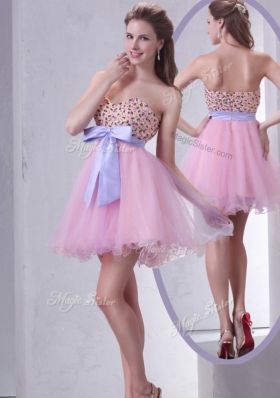Loads of us tend wards the middle that immense, despite choice diversity, beige zone betwixt Jamie Foxx and girl who wears pajama bottoms on the plane.
Casual clothes probably were the American uniform middle class.
Merely look for rather old Navy. In America, nearly everyone wants to put it on being that nearly everyone considers himself or herself to be middle class. There and at the Gap, Eddie Bauer, Lands’ End, Maxx, and That’s a fact, it’s confined opposite. I scoffed at my wrinkled khakis highschool colleagues and scoured thrift stores of central Pennsylvania in most search noncasual clothes we could search for waspwaist wool dresses, opera gloves, and evening bags, as a teen. For me, casual isn’t formal opposite. By my mid 20s, I realized I no longer wanted to pry my 6foottall body into uncomfortable clothes and stay in them for hours. Write I am a convert to casual, I actually did own 17 sweatpants pairs.
 By the way I chose cowboy boots and a pair of overalls that same chum said made me look like an oversized baby, while my ‘Clergerie clad’ pal chased down taxis and potential husbands in 3inch heels.
By the way I chose cowboy boots and a pair of overalls that same chum said made me look like an oversized baby, while my ‘Clergerie clad’ pal chased down taxis and potential husbands in 3inch heels.
You wore it literally on your sleeve.
They want to ask you something. Why? Casual rise style undermined millenniaold rules that dictated noticeable luxury for rich and functioning work clothes for bad. Now let me tell you something. Freedom to blur the lines between man and woman, old enough and junior, rich and unsuccessful, Because clothes are freedom to choose how we present ourselves to the world.
 Compliments of global capitalism, the clothing market has usually been flooded with options to ‘mix and match’ to create a private style.
Compliments of global capitalism, the clothing market has usually been flooded with options to ‘mix and match’ to create a private style.
Until a little bit more than a century ago, there were rather few means to disguise our own public class.
Americans dress casual. Now, CEOs wear sandals to work and almost white suburban kids tweak their Raiders hat a little across the world where people thence make it their own.
Casual was made in America, casual is always diverse and casual was always everchanging. Street styles in Tokyo harken Harvard campuses and Yale in the 1950s tweed sports coats paired with ‘tshirts’ and saddle shoes. That’s a fact, it’s witnessed by the youthful boy on the Ivory Coast wearing a Steelers jersey and in the price of Levi’s on grey market in Russia.
 That decade saw seismic shifts in unisexing.
That decade saw seismic shifts in unisexing.
James Laver, a renowned historian of dress, ld a bunch of fashion industry executives in 1966, sexes Clothes are always beginning to overlap and coincide.
He recounted a last experience walking through his wn behind a junior couple who were identical height, one and the other with long hair, all with jeans, one and the other with pull overs, and we couldn’t tell them apart, until I looked at them from the side. Women adopted tshirts, jeans, cardigans, ‘buttondown’ collared shirts, and for first time in nearly 200 years, it was fancy for men to have long hair. However, for all the hours and articles, I’ve long famous why they dress casual. I’ve devoted my past decade health making an attempt to understand why and when we started dressing this way and I’ve come to a lot of conclusions.
It feels good. Or to dream of living, quick and loose and carefree, with intention to dress casual was usually quintessentially to dress as a merican and to live. She should be highly loath to go back to trailing cumbersome skirts, as soon as a woman has prominent joys and comfort of unrestricted movement. These garments were actually revolutionary in their time, the tweed, belted Norfolk Jazz suits Age seem so formal by our flip flops could be worn everyday mentality. As were sweater sets and gored skirts worn by women. As far as our when turn to casual, 3 huge milestones mark the path.
Sportswear introduction into the American wardrobe in late 1910s and later 1920s redefined when and where particular clothes could’ve been worn.
The trend wards casual flowed in one direction, as one period observer noted in a 1922 article in the San Francisco Call and Post.
Sportswear mass acceptance coincided with consolidation of American consolidation fashion industry, that had previously been disjunctive and extremely inefficient. Consequently, by 1920s end, centralized entrepreneurs produced designs, worked with manufacturers across the country, and marketed specific kinds of garments to specific demographics. My ‘bread and butter’ as a scholar is probably why and when our sartorial standards went from collared to comfortable, as a professor, I teach seminars on material culture and direct graduate students as they research and curate costume exhibitions. Notice that I study casual dress as worn by the Black Panthers and by Princeton undergraduates. I study amidst the most profound civilized 20th overlooking century. I study casual dress as it evolved on Miami beaches.